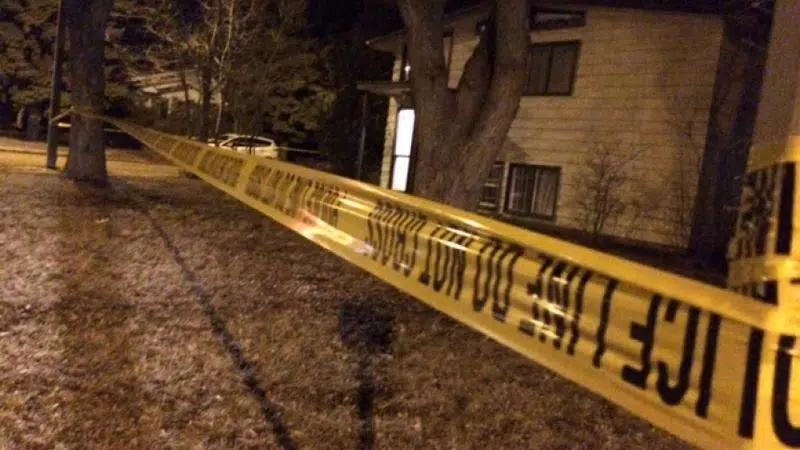
Sask. femicide rate exceeds national average: report
A new report is shining a light on the homicide rates for women and girls across Canada, and their numbers show Saskatchewan’s femicide rate is above the national average.
#CallItFemicide, the first annual report from the Canadian Femicide Observatory for Justice and Accountability, identified 148 incidents of femicide across the country in 2018. When you average the data, that means a woman or girl was killed in Canada roughly every 2.5 days. The observatory defined femicide as “the killing of women and girls primarily, but not exclusively, by men.”
According to the Jan. 30 report, Saskatchewan saw just six incidents of femicide in 2018, but that was enough to push the provincial femicide rate up to 1.04 deaths per 100,000 women and girls. That’s higher than the national average, which the report placed at 0.94 deaths per 100,000.


